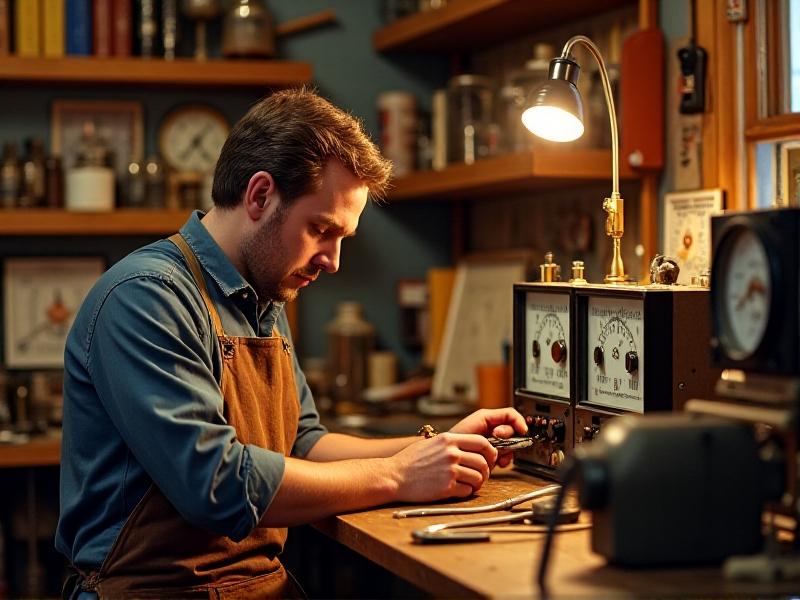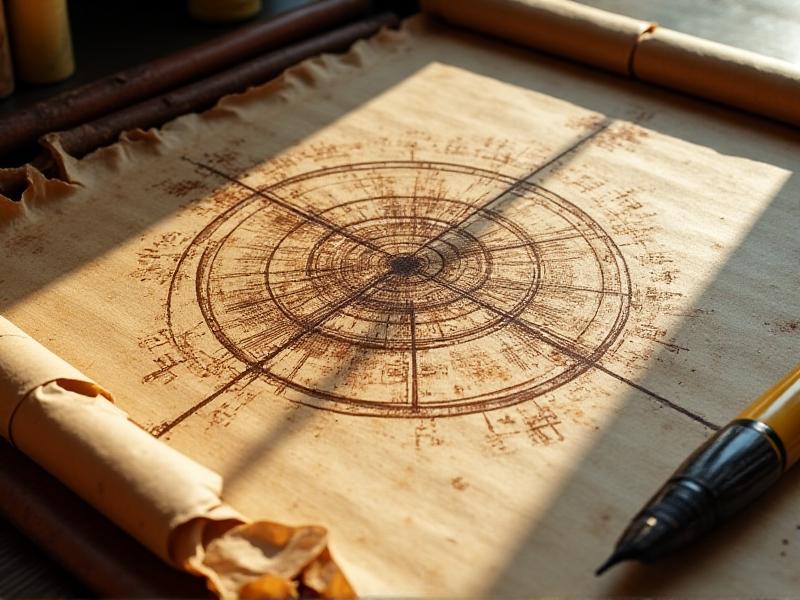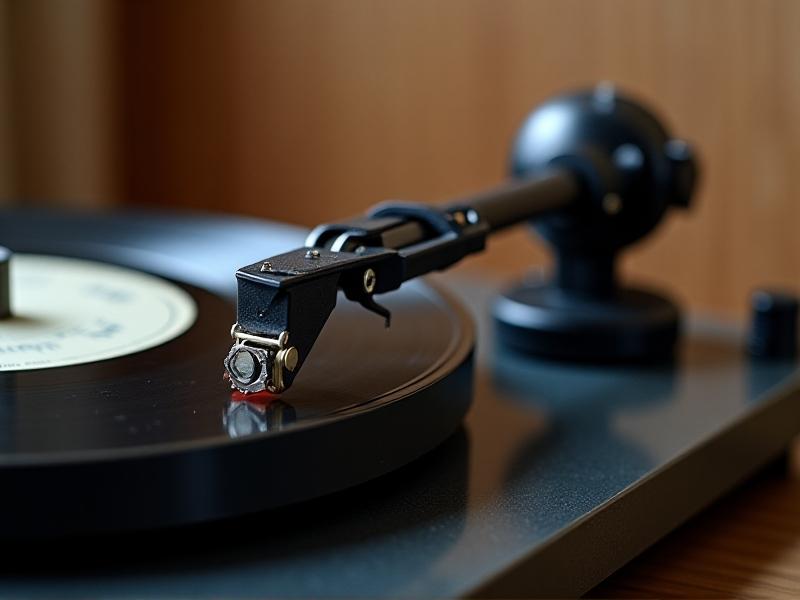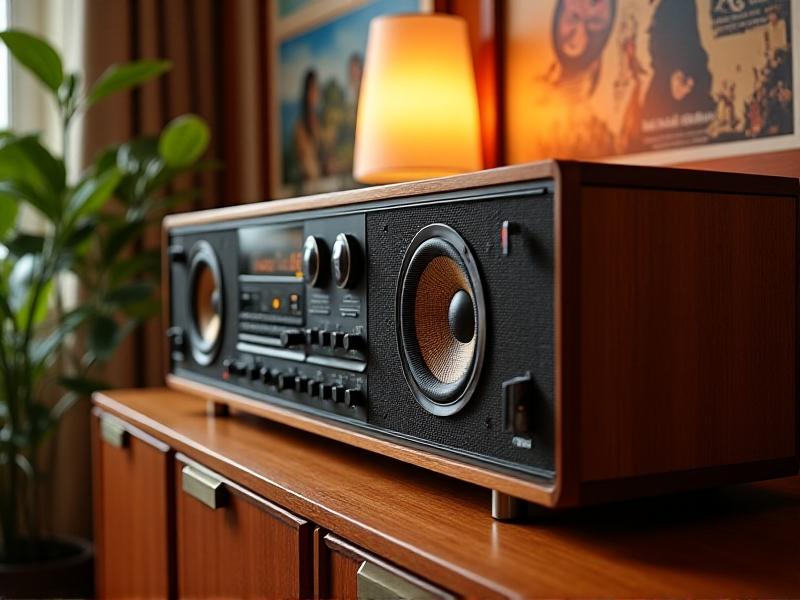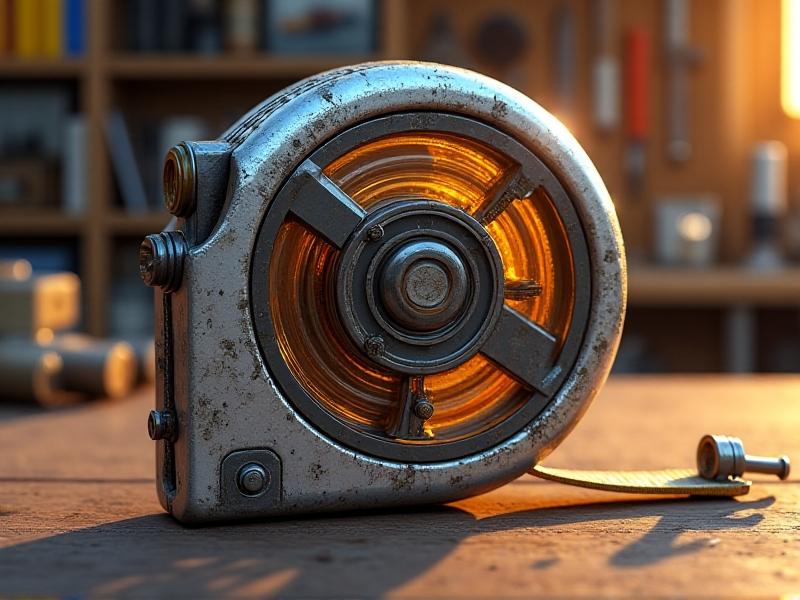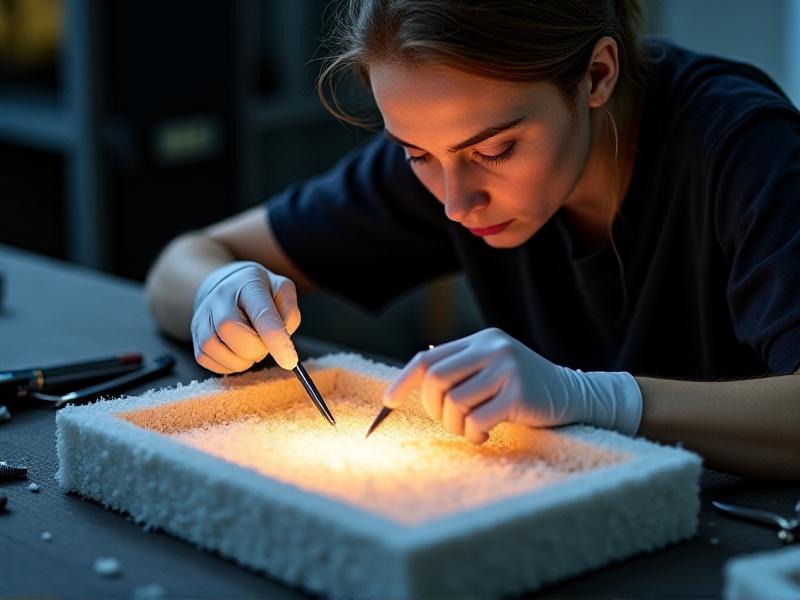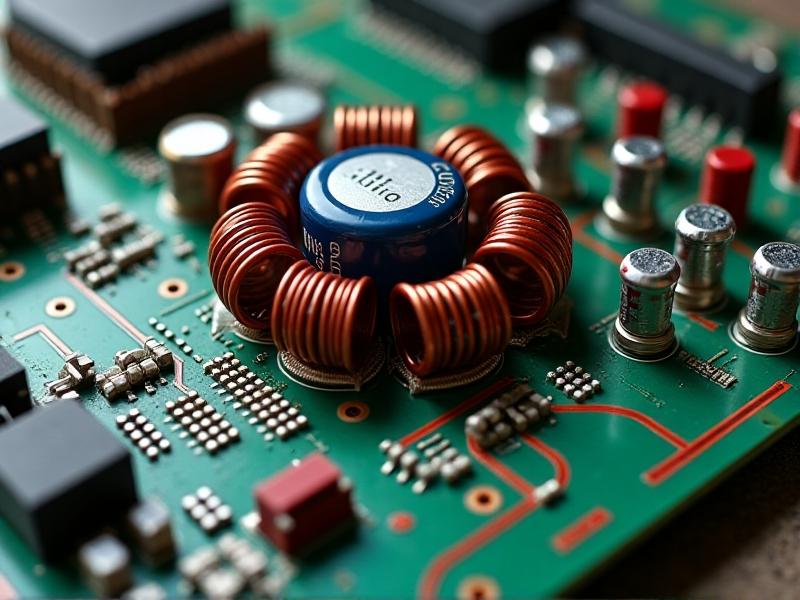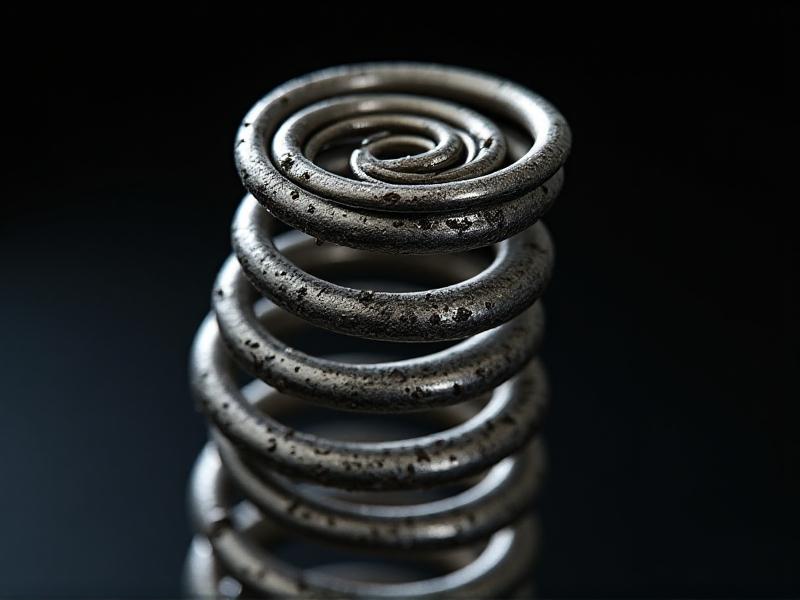Vintage Noise Reduction Circuit Bypass
The Resurgence of Analog: Why Vintage Noise Reduction Circuits Matter
In an age of pristine digital audio, there’s a growing fascination with the imperfections of analog gear. Among enthusiasts, vintage noise reduction circuits—once designed to tame hiss and hum—have become unexpected stars. These circuits, embedded in tape decks, amplifiers, and effects units from the 1970s and 1980s, were engineered to mask the limitations of analog media. Today, however, a niche community of audio tinkerers is bypassing these circuits entirely, chasing raw, unfiltered sound. This movement isn’t just about nostalgia; it’s a rebellion against the clinical precision of modern audio processing. By disabling these circuits, users uncover textures and harmonics that digital plugins struggle to replicate. But what exactly are these circuits, and why does bypassing them spark such passion?
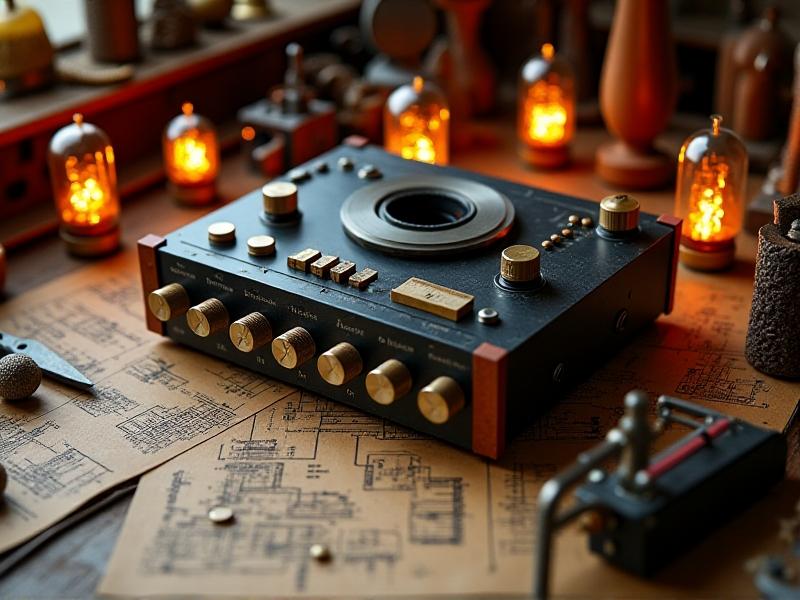
Anatomy of a Noise Reduction Circuit: How They Shaped Sound
Vintage noise reduction systems like Dolby B, DBX, and Hi-FNR were marvels of analog engineering. Designed to combat tape hiss and vinyl surface noise, they relied on dynamic filtering and compression. For instance, Dolby B boosted high frequencies during recording and attenuated them on playback, effectively masking tape noise. While innovative, these circuits inevitably colored the sound. Bass could feel compressed, transient details softened, and harmonics altered—a “veil” that purists now seek to lift. By studying schematics of classic gear like the Nakamichi 1000ZXL or Technics RS-1500, modders identify key components (op-amps, resistors, capacitors) responsible for noise processing. Bypassing them often requires delicate trace-cutting or jumper-wire installations, a process requiring both technical skill and artistic intuition.
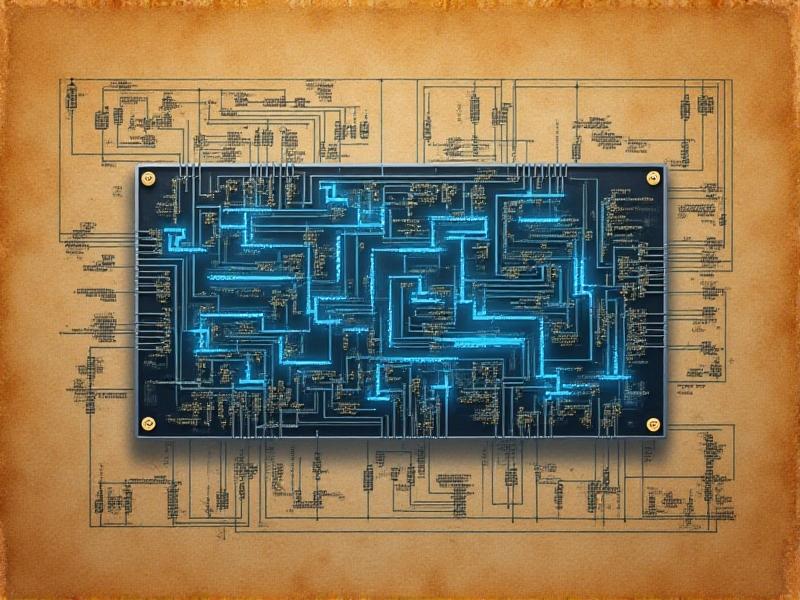
The Art of Bypass: Techniques and Tools for Modern Tinkerers
Bypassing noise circuits isn’t as simple as flipping a switch. Many vintage units integrate noise reduction into their signal paths, requiring careful rewiring. Common methods include rerouting audio through unused PCB traces or installing toggle switches to engage/disengage circuits. Tools of the trade range from soldering irons and multimeters to bespoke bypass modules from boutique shops. For example, modifying a Tascam 388 tape machine might involve replacing the Dolby IC with a direct-coupled amplifier stage. Online forums and Patreon communities share mod blueprints, but results vary—some units gain clarity, others become unpredictably noisy, which, ironically, is part of their charm. As one modder puts it: “You’re not fixing gear; you’re conversing with its history.”
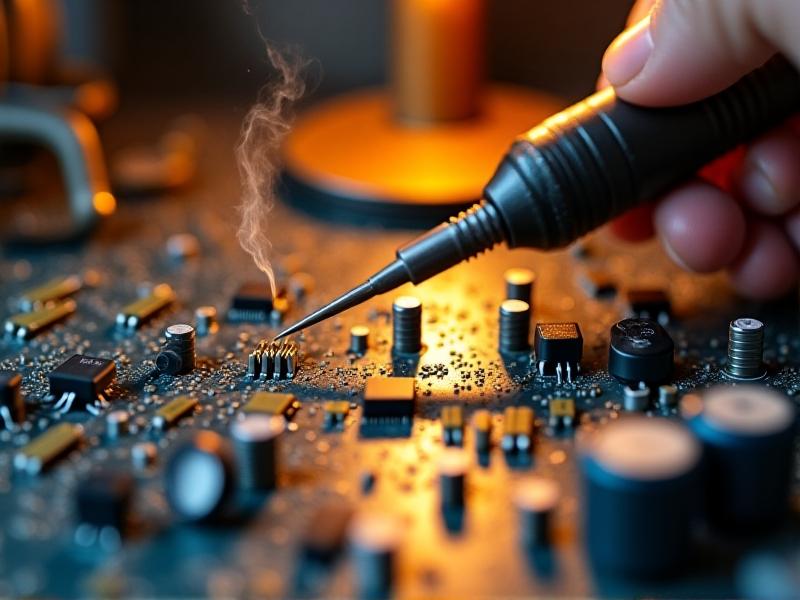
From Hiss to Harmony: Sound Comparisons and Listener Reactions
Does bypassing noise reduction truly improve sound? A/B tests reveal stark differences. A Technics RS-1520 with Dolby off exhibits wider stereo imaging and punchier transients, albeit with audible hiss. For genres like lo-fi hip-hop or shoegaze, this noise becomes part of the aesthetic. Meanwhile, jazz purists argue that removing DBX from a Revox A77 unveils nuances in cymbals and double bass. Interestingly, some engineers use bypassed units for parallel processing, blending “clean” and “dirty” signals for depth. Social media clips of these mods go viral regularly, with commenters divided: “It’s like removing a layer of gauze!” vs. “Why not just use a plugin?” The debate underscores a deeper truth: in analog realms, imperfection is a feature, not a bug.
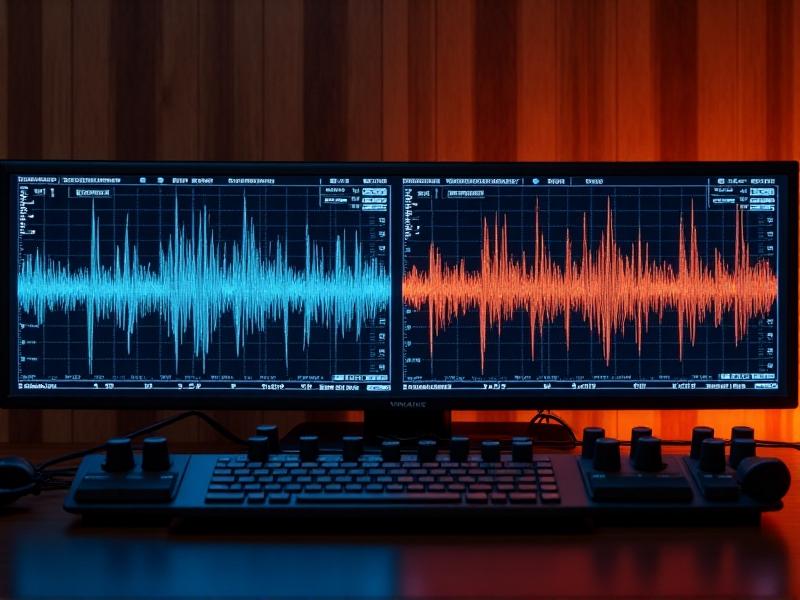
Preservation vs. Modification: Ethical Dilemmas in Audio Culture
Modding vintage gear raises ethical questions. Museums and collectors argue that tampering with classic units erases their historical integrity. Conversely, modders counter that these devices were mass-produced tools, not sacred artifacts. A compromised middle ground exists: documenting original circuits before alteration, or creating non-destructive bypasses. For example, building external switchable bypass units that plug into existing jacks. This approach preserves the device’s originality while granting sonic flexibility. Still, the tension persists—is bypassing noise reduction a form of creative liberation, or cultural vandalism? The answer likely depends on whether you view analog gear as a time capsule or a canvas.
Future of the Bypass Movement: Where Analog Meets Innovation
As analog revival grows, manufacturers are taking note. Companies like PLATT and Old World Audio now offer new gear with optional “circuit lift” features, catering to purists. Meanwhile, AI tools are being trained to model bypassed analog chains, creating hybrid workflows. Yet, the thrill of hands-on modding remains irreplaceable. Workshops and maker-spaces teach soldering alongside synthesis, fostering a new generation of circuit benders. Whether this movement remains niche or reshapes mainstream audio depends on how we value imperfection—in a world chasing flawless streaming quality, the crackle and hiss of bypassed circuits might just be the rebellion we need.
